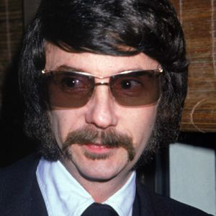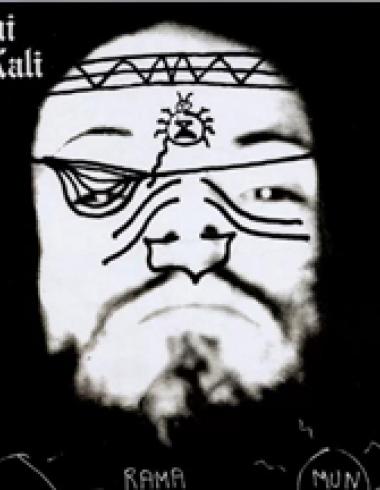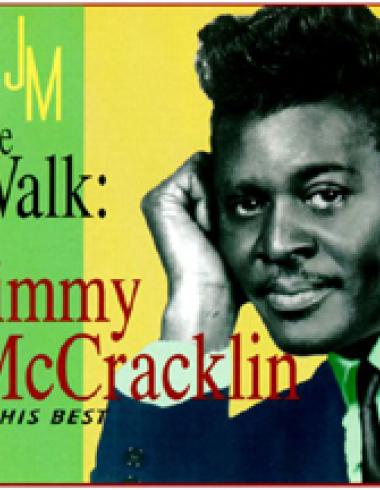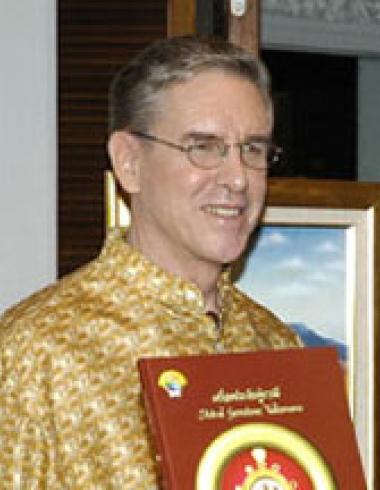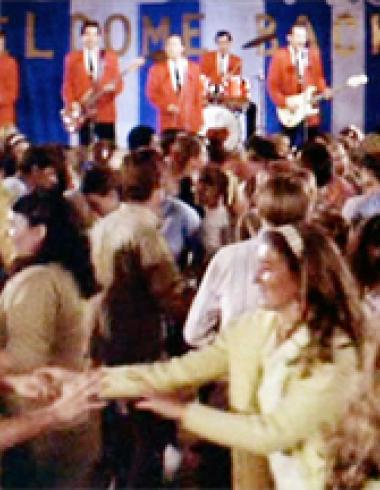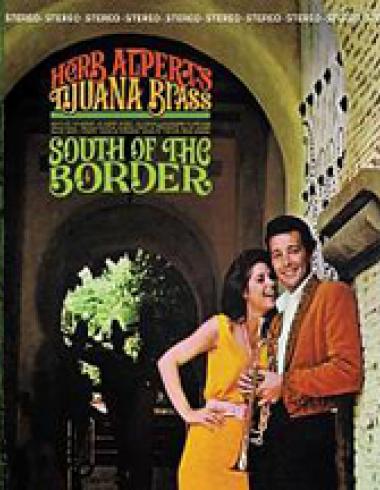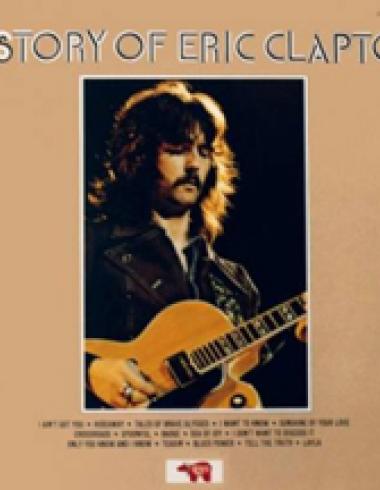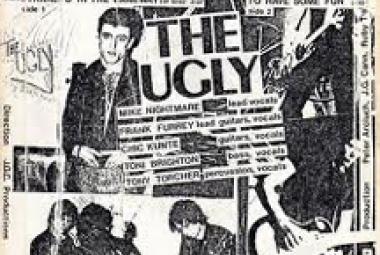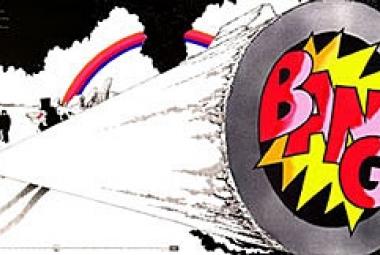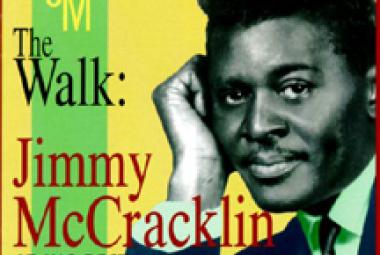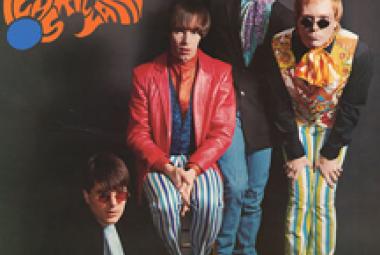Phil Spector (born December 26, 1939) is an American record producer, songwriter, and the originator of the Wall of Sound production method. At the height of his career, Spector was a pioneer of the 1960s girl-group sound, and produced more than twenty-five Top 40 hits from 1960 to 1965, writing or co-writing many of them for artists such as the Ronettes and the Crystals. Following collaborations with John Lennon, Leonard Cohen, Dion DiMucci, and the Ramones in the 1970’s, Spector remained largely inactive. In the 2000’s, he became infamous as the subject of two trials for murder and a second-degree conviction. (More from Wikipedia)
The idea for the magazine Who Put the Bomp originally was that the title of each issue would be taken from the name of a great rock song; thus, the second issue was to have been called Da Doo Ron Ron. Greg Shaw was persuaded that this was not a good idea for an ongoing publication, so the issue was named Who Put the Bomp #2, with Da Doo Ron Ron as the subtitle. This practice was dropped after the third issue, although the initials R.I.A.W.O.L. were frequently present on the front page, standing for “Rock Is a Way of Life”.
“Da Doo Ron Ron” was a #3 hit in 1963 for the girl-group the Crystals; and it was written by another famous 1960’s songwriter couple, Jeff Barry and Ellie Greenwich, together with Phil Spector (now infamous for his 2009 conviction for a murder in his home in 2003). This song is a classic example of Spector’s legendary “Wall of Sound” production technique.
(May 2013)
Phil Spector perfected his renowned “Wall of Sound” technique while making girl group records, where massive amounts of music were recorded together with a subtle echo effect. “Sleigh Ride” by the Ronettes and “Da Doo Ron Ron” by the Crystals are cited as being prime examples of this technique. Phil Spector himself says that he reached his peak with the recording of “River Deep, Mountain High” by Ike and Tina Turner; George Harrison has called that song “a perfect record from start to finish”.
Phil Spector’s work with the Beatles on their final album, Let it Be is more controversial, with many contending that it was more overproduction than production in that case. Ultimately, the album was re-released in 2003 without Spector’s production and overdubs under the name Let it Be . . . Naked. Still, Phil Spector worked with John Lennon on several of his solo albums.
* * *
The Beatles performed a sort of mini-Wall of Sound at the close of their masterful Sgt. Pepper's Lonely Hearts Club Band album, not long after Phil Spector came along. Following the second symphonic build-up within “A Day in the Life”, the orchestra swelled into a crescendo, and then there was a thunderous piano chord (an E-major chord to be exact). Many people who have been around a piano marvel at how long the instrument can hold a note; and here, the Beatles were dealing that expectation up in spades with a long, slow fade for nearly one full minute before the sound faded into background hiss.
Actually though, it wasn’t just one piano: John Lennon, Paul McCartney, Ringo Starr, and one of the Beatles’ roadies, Mal Evans were manning different pianos; while George Martin was playing the same chord on a harmonium. What’s more, the gain was gradually turned up as the chord faded in order to prolong the effect – at the end (they tell me), it is possible to hear background sounds in the recording studio: rustling papers, a squeaking chair, and the air conditioners.
(October 2013)
* * *
Greg Shaw was quoted as saying of Les Hell on Heels: “I feel the same way that Phil Spector must have felt when he first saw the Ronettes.”
(December 2013)
* * *
Fleshing out the details (via Wikipedia), Kim Fowley’s first venture into music was to become the manager in 1957 for a band called the Sleepwalkers that included Bruce Johnston and drummer Sandy Nelson; future superstar record producer Phil Spector was also occasionally with the band. Last month I mentioned a band called the Gamblers which released an instrumental in 1961 called “LSD-25”; Johnston and Nelson were both in that band also.
* * *
The following year (1958), Phil Spector assembled the Teddy Bears (the only vocal group that included Spector as a member); Sandy Nelson was a last-minute addition, with other bandmembers including Marshall Leib and lead singer Annette Kleinbard. Phil Spector wrote a song for the group called “To Know Him Is to Love Him”, based upon an inscription on his father’s tombstone, and the song became a Number One hit in December 1958. As Wikipedia put it: “At 19 years old, Spector had written, arranged, played, sung, and produced the best-selling record in the country.”
(January 2015/1)
* * *
Superstar record producer Phil Spector used members of the Wrecking Crew to create his famed “Wall of Sound”; while Beach Boys bandleader Brian Wilson used these musicians on their acclaimed Pet Sounds album and their Number One hit “Good Vibrations”.
Wikipedia reports: “[Carol Kaye]’s intense solo bass line, reverberating in quiet moments in [Phil] Spector’s production of [Ike and Tina Turner’s] ‘River Deep, Mountain High’, lent drama to the song’s ‘Wall of Sound’ and helped lift the record into the Grammy Hall of Fame.”
(February 2015)
